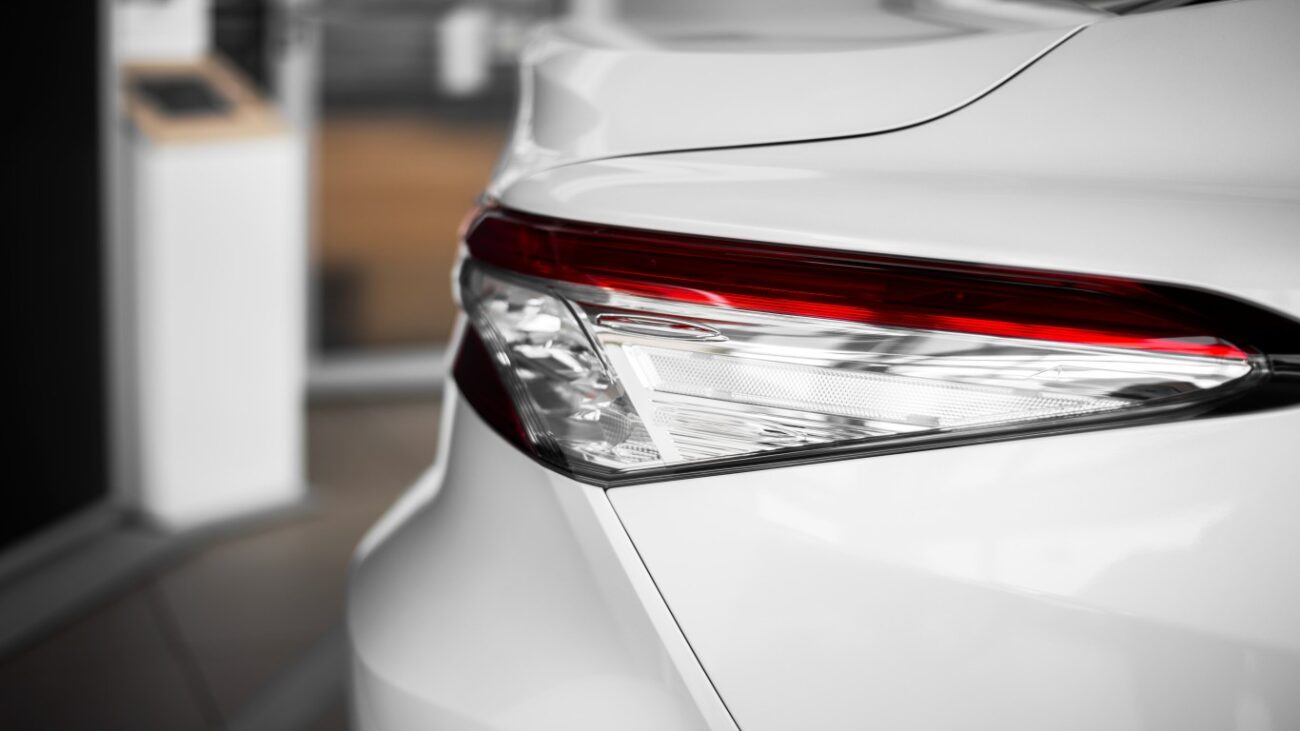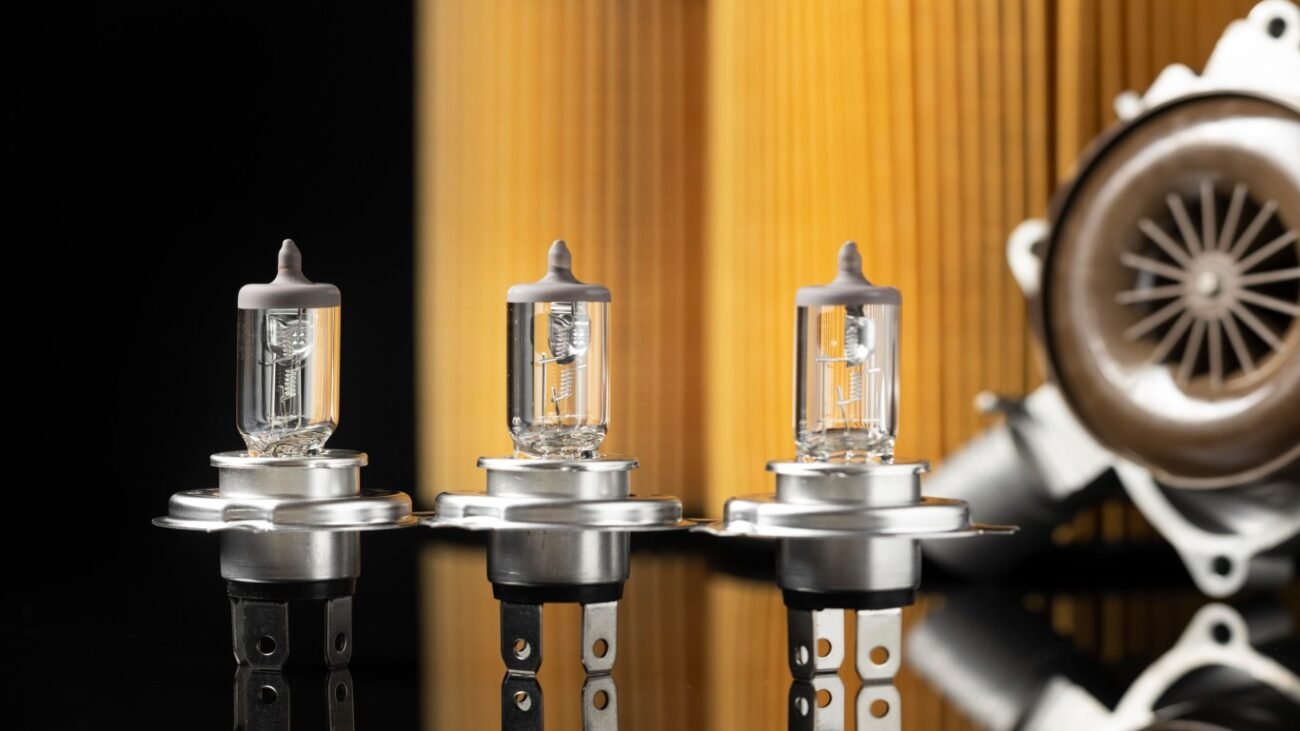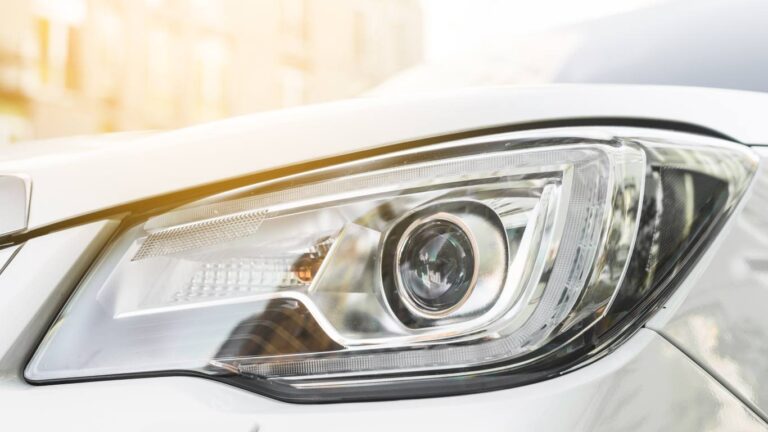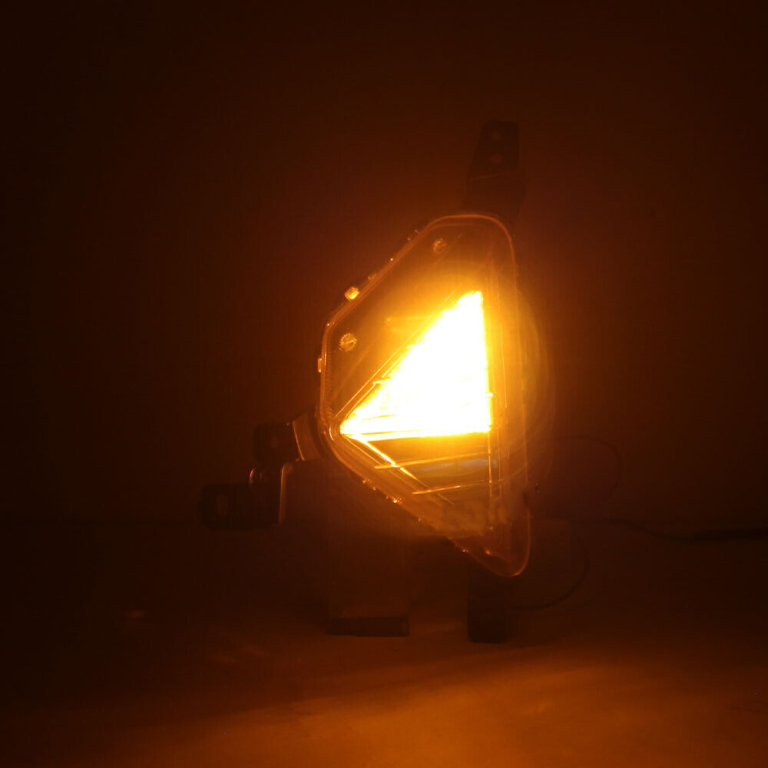Illuminate your journey with the brightness of innovation—a Tail light car is more than simply an indicator; it is a brilliant guardian of your vehicle’s safety, guiding you confidently through the night. With each turn, embrace the combination of talent and security.
Why Are Tail Lights Important on a Vehicle?
Automotive Tail lights are key car components that perform critical functions that improve road safety. They essentially maintain the vehicle’s visibility to other road users, especially in low-light conditions, and help to reduce accidents by allowing drivers to analyze the car’s location and actions from the back.
Taillights communicate important information to other vehicles by indicating motions such as slowing down. This interaction is crucial for preventing rear-end collisions while maintaining traffic flow.
Types of Tail Lights
Taillight system development is committed to strengthening security precautions and ensuring vehicles are equipped with illumination solutions that meet legal requirements and increase overall visibility and road interaction.
- LED Tail Lights
LED tail lights represent a huge development in car illumination technology. Unlike traditional fluorescent bulbs, LED lights produce light through semiconductor diodes, which offers various advantages.
One significant advantage is energy conservation, as LED lighting requires less power, allowing cars to use less fuel.
- Xeon Tail Lights
Xenon taillights, also known as high-intensity discharge (HID) taillights, are an advanced type of automotive lighting. They produce light using a gas-release mechanism and have several advantages over traditional halogen lamps.
Xenon taillights have two main advantages: They provide a brighter, more concentrated light, which improves visibility.
- Halogen Tail lights
Halogen tail lamps are automotive lighting that emit light from halogen bulbs. A tungsten filament is encased in halogen lamps within a tiny transparent plastic envelope that stores halogen gas. When a current flows through the lamp’s filament, it burns and produces light.

Different Types of Tail Light Bulbs
When it comes to tail light bulbs for vehicles, there are normally three major types to pick from:
- Incandescent bulbs: These are conventional bulbs used for many years. They are usually the cheapest but do not last as long as other sorts.
- Halogen: These bulbs are identical to incandescent bulbs but contain a halogen gas, which improves light output and longevity. They shine brighter than regular incandescent bulbs.
- LED (light-emitting diode): Bulbs are becoming the norm in contemporary vehicles. They are more energy efficient, have a longer lifespan, and produce a brighter light than incandescent and halogen bulbs.
How To Replace Your Tail Light Bulb?
Here’s an example of how to replace the rear bulbs. The complete step-by-step assignment for your model is available here.
A basic overview of the task:
- Locate the storage area for taillight bulbs by opening the boot. Open it.
- Locate the bulb holder assembly. You may have to undo clips or screws to remove it.
- Remove the assembly to find the blown taillight bulb. Remove the bulb, often by turning anticlockwise.
- Install the new lightbulb. Try not to touch it with your skin. Reinstall the housing.

What Is The Difference Between A Tail Light vs A Brake Light?
Tail and brake lights are important components of a vehicle’s lighting system but serve significantly distinct functions.
Taillights are the red lights positioned in the back of a vehicle. These lights are constantly illuminated when the headlights are turned on and serve numerous functions:
- Visibility: Taillights make the vehicle visible to other drivers behind it, particularly in low light or at night.
- Indication of Presence: They alert other drivers to a vehicle’s presence on the road, which helps to avoid rear-end collisions.
- Width Indication: They also assist other drivers in determining the vehicle’s width, particularly in low-visibility conditions.
- Brake Lights: Brake lights are red lights situated at the rear of a vehicle that are usually brighter than taillights. They are activated when the driver hits the brakes, indicating to other vehicles that the car is slowing or coming to a halt. The primary aim of brake lights is to notify cars behind the vehicle that it is decelerating, thereby reducing rear-end collisions.
In summary, while taillights are always turned on to make the car visible, brake lights are only used when the driver applies the brakes to show that the vehicle is slowing or stopping. Both lights play an important role in road safety since they transmit the driver’s intentions to other users.
How to Clear Tail Lights?
- Rinse off the taillights. Before applying toothpaste to your taillights, remove any dirt or debris. If you apply toothpaste to your tail lights without washing them, dirt might become trapped, preventing them from being cleaned.
- Spread toothpaste over the taillight. Use around three times as much as you would for each taillight to wash your teeth. The toothpaste does not need to be spread evenly because this will occur when you rub it in. If you’re using a towel instead of a buffer to rub the toothpaste in, apply it to a tiny section of your taillight at a time. If you apply too much toothpaste to the taillight and cannot rub it in immediately, you will have dried-on toothpaste.
- Tap over the taillight to prevent toothpaste from accidentally hitting the car’s paint.
- Rub the toothpaste in. Use a towel or a buffer pad to rub the toothpaste into the taillight in a circular motion. If you’re using a towel, this will take slightly longer. You should rub the toothpaste in until it almost disappears.
- Wipe the taillights down with a clean rag. After rubbing in the toothpaste, use a clean rag to wipe down the taillights. This will show you where to review it again if you missed anything.
How Much Will It Cost to Replace a Tail Light Assembly in Canada?
The cost of replacing a taillight assembly in Canada varies depending on the type and model of the vehicle and the individual parts required. However, you may expect to pay between $200 and $400 for the parts.
Labor prices normally range from $50 to $100 per hour, and the replacement process might take 1 to 2 hours. As a result, the overall cost, including components and labor, could range between $250 and $600.
Enhance Your Ride With Reliable Tail Lights
Enhance your journey with the finest in class! Shayan Auto Parts offers a premium range of tail lights for your car. Our strong and elegant taillights will improve your car’s appearance while ensuring your safety. Don’t wait until it’s too late; brighten your drive today!
FAQs
What Are The Different Types Of Tail Lights In Cars?
LED, fiber optic, HID, and halogen lights are some of the most common types of taillights.
What Are The Advantages Of Using Fiber Optic Tail Lights In Vehicles?
Fibre optic tail lights can give brighter, more uniform illumination than typical bulb-based taillights. This increased visibility improves road safety by making it more visible to other drivers, particularly in bad weather or low-light conditions.
What Are The Benefits Of Using Hid Tail Lights In Vehicles?
HID tail lights can last up to three times longer than halogen bulbs. This means fewer bulb changes over the vehicle’s lifetime, which reduces maintenance expenses and inconvenience.
Are Car Tail Lights Available Online?
You can buy automotive lights, including taillights, online at Shayan Auto Parts.
That is all about the many varieties of taillights, their applications, and operating procedures. Taillights are an essential component of any vehicle, ensuring optimal safety on the road. To maintain ideal safety requirements, tail lights that are fading or damaged must be replaced immediately.



